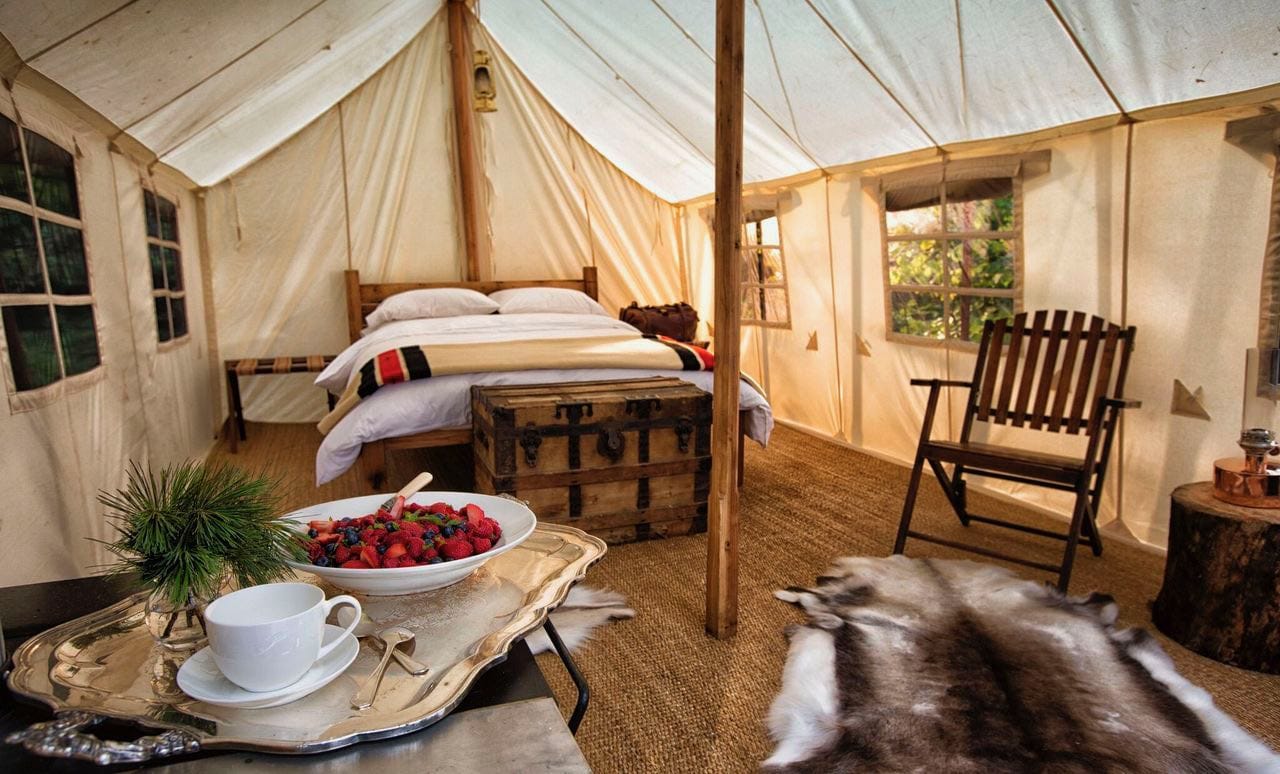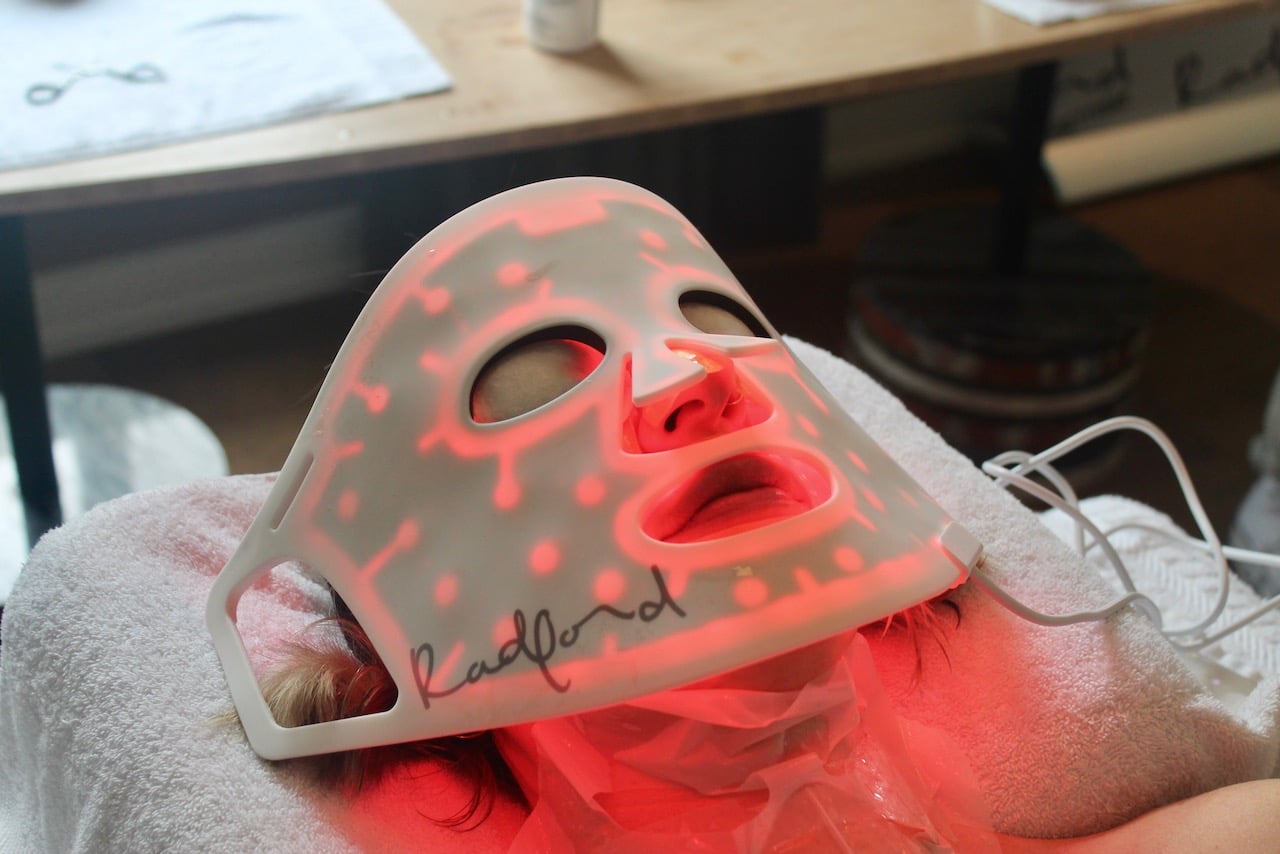Chongdong Theater is a cultural and historic space located at the center of the city near Deoksugung where the spirit of the Chosun Dynasty is still alive, the stone wall promenade of Deoksugung which is one of the most beautiful places in Seoul, Jungmyeongjeon which was designated as Tangible Cultural Asset No. 53 by Seoul city and the Seoul Museum of Art. It upholds the spirit of Wongaksa, the first modern theater in Korea, and stages traditional as well as modern performing arts. Wongaksa was the first theater exclusively reserved for stage plays and traditional operas in Korea with 2,000 seats. During its operation from 1908 to 1910, the theater staged various performances by the best performers at the time including Lee Dong-baek (1866-1950), one of the five Pansori masters in the 20th century.
Chongdong Theater, which was built in 1995 as a reproduction of Wongaksa, is the only theater in Korea that is solely devoted to stage performances and has staged the Korean Traditional Stage performance everyday since 1997 to keep the passion of traditional Korean arts alive. The Korean Traditional Stage enables audiences to enjoy the quintessence of four genres of traditional Korean performing arts (traditional dance, Pung-Mul, So-Ri and musical instrument performance) everyday throughout the year.
The 80 minute performance perfectly showcased Korea’s classic folk culture in seven unique performances which told the sequential struggles of love between a couple:
1. Purity and Tremor: Korean classical orchestral music and traditional percussion quartet. There is a woman with pure beauty. She is scared to come out to the world and to meet with others. She only cares about a man who passes by before her from time to time. Her emotion is expressed in dynamic melody of traditional string orchestra and the rhythm of percussion quartet.
2. Feeling of love (Exorcism dance): The entrance of a man comes as a surprise to her. She can’t get over the man no matter how hard she tries to forget by dancing away. Such emotion is expressed through an exorcism dance. The exorcism dance refers to a ritual dance which was performed to release ‘evil spirits’ for the year, to reach new divinity and to earn new life. Normally, the dancer wears a white skirt and coat, holding a smooth and light white handkerchief, which creates the most mysterious harmony of subtle curve and the beauty of blank space.
3. Curiosity (Gayageum chorus): The woman suffers from her feeling of love that comes and goes against her will. Finally, she decides to open her heart but she’s still not familiar with her own feelings toward the man. Her mixed emotion is expressed in Gayageum chorus.
4. A New Beginning: Ogomoo dance and Modeumbook percussion. For her, the man is the first challenge to the new world outside. Her overflowing emotion of
experiencing the new world through the meeting with a man is expressed in Omogoo dance and Modeumbook percussion. Originated from the Buddhist ritual dance, Omogoo dance and Daebuk are played with 5 drums hung in the drum frames in three sides. It is a moderate and dynamic variation of Korean traditional rhythms which are classified in Jajinmori, Dongsalpoori, and Whimori.
5. Lovers: Sarangmoo dance and Pansori. The woman accepts the man and their love blossoms. The feeling of such blossoming love is expressed in Sarangmoo dance and Pansori. The movements of the two create lines, pictures, melodies, poems, and finally the dance of love. Sarangmoo dance is a duo-dance performed by a man and a woman that shows the feeling of pure and affectionate love of young lovers in traditional dance movements and creative movements.
6. Joy and delight: The joyful moment of meeting the lover is expressed in the form of the Cheonseonmoo Fan dance. Cheonseonmoo is a variation of a glorious and mysterious dance of heavenly fairies. The stage is filled with a full blossom of flowers and dynamic hopes for joy, wish, and future that the waving body movements create.
7. Blessed by Everyone: Pangood exorcism, Gyeongo dance and Sogo dance.
The two unite and blossom in beauty with everyone’s blessing. This special performance
provides the true aesthetics of Korean traditional art with dynamic movement of long ribbons flowing in the air combined with music and impressive acrobatics.
The show was a perfect way for foreigners to appreciate and experience each of Korea’s traditional performing arts. I have to admit I had a few chuckles during the performance as it was abundantly clear that the show was anything but provocative and sexy. I was once again reminded that Korean culture holds woman as a man’s play thing as they run around in a fluttery dream like fashion after their empowered male crush. During the female solo I found it rather hilarious that she lifted her long pink Hanbok dress just above her ankle to show the man who stared at her from the sidelines of the stage. Such enraptured passion at the sight of a woman’s ankle has never filled a theater with such sexual tension. I felt like I had been sucked into a time warp. Leave It To Beaver, anyone?









